Cape Clawless Otter
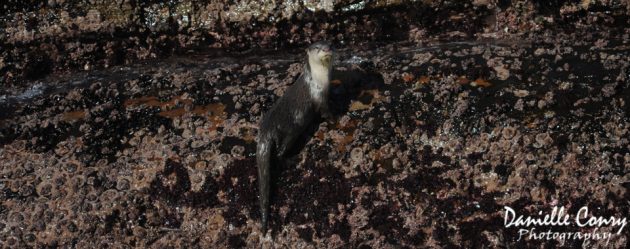
Cape Clawless Otter It is not every day that one gets to glimpse the elusive Cape clawless otter (Aonyx capensis) as it goes about its daily life within many of South Africa’s freshwater systems. These otters belong to the Mustelid family, which includes carnivores such as weasels and badgers. The Cape clawless otter, also known […]
Cooperative feeding in cetaceans
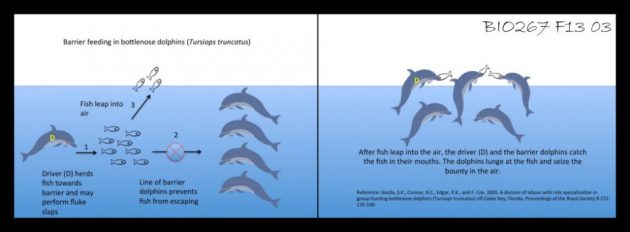
Cooperative feeding in cetaceans Cooperative feeding comes about when two or more individuals effectively capture more and/or bigger prey items and suffer fewer costs together than alone. A number of mammal species, and even one bird species has been reported to undertake cooperative hunting, which could range from simultaneous chases, or clearly coordinated attacks. Coordinated […]
Cetacean Sleep
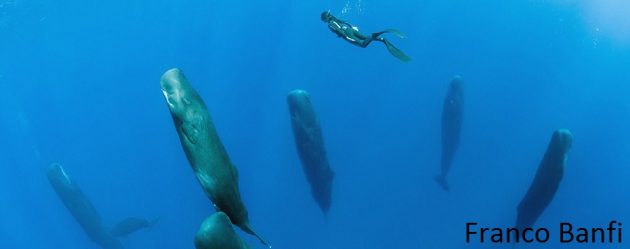
Cetacean sleep Cetaceans, or whales and dolphins, have a pretty unique way of getting some shuteye. These marine mammals actually only rest one half of their brain at a time when sleeping, in what is known as unihemispheric slow-wave sleep. While one hemisphere of the brain rests, the other remains alert. The hemispheres are alternated […]
Endemic Red Roman
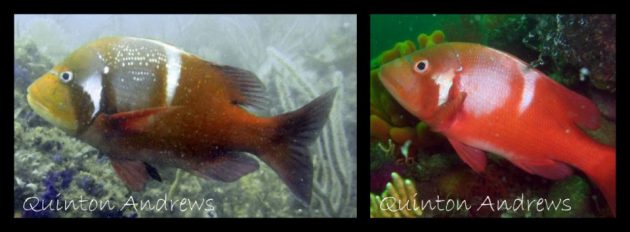
Endemic red romans The red roman Chrysoblephus laticeps is a species of seabream endemic to southern Africa and found from Namibia to Port St. Johns in the Eastern Cape. The red roman is a striking orange to red fish with a robust build, it has a defined white bar on the gill cover and a white saddle. […]
July research blog
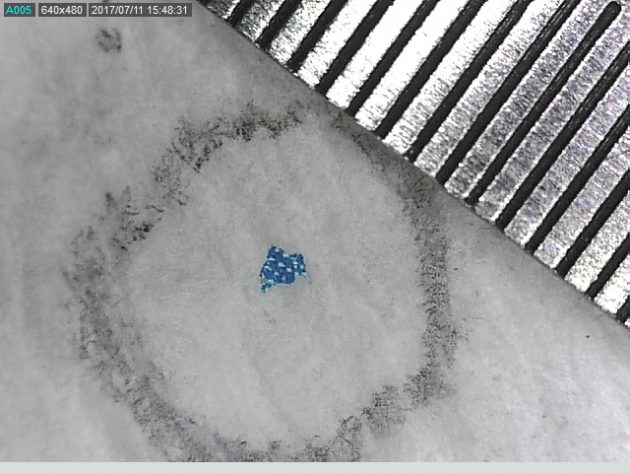
July research blog Exciting news for the elasmobranch egg case project! Oceans Research (http://www.oceans-research.com/) in Mossel Bay will be collaborating with us on this project, and will be starting monthly egg case collections at a site in Mossel Bay. This is a wonderful opportunity to partner with a fantastic research organization and investigate what egg […]
Demersal Shark Longlining
Demersal Shark Longlining Over the last month or so, some of Plettenberg Bay’s inhabitants may have noticed the occasional presence of a somewhat strange looking vessel within and around the bay. This vessel, it turns out, belongs to South Africa’s demersal shark longlining fishery. This fishery is relatively small, with only six permit-holders off the […]
June research blog
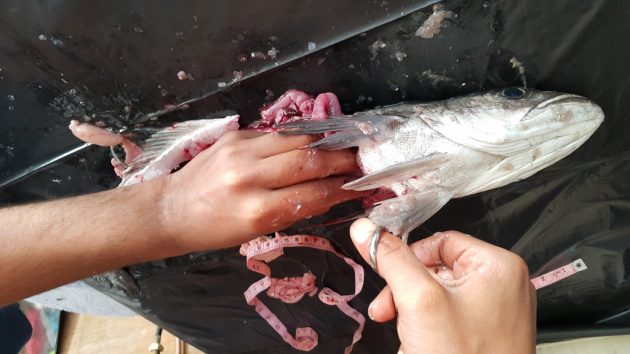
June research blog The elasmobranch egg case project continues business as usual, and while we continue to progress smoothly there are no great project updates! June has been a bird ringing deficient month unfortunately, with only one ringing session, but what a morning it was! While all birds are interesting, exciting, and special, as a […]
Humpback dolphins: South Africa’s most endangered dolphin
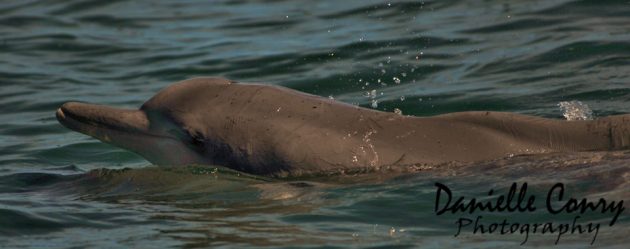
Humpback dolphins: South Africa’s most endangered dolphin. Although shy and somewhat elusive, the Indian Ocean humpback dolphin (Sousa plumbea) is commonly sighted in Plettenberg Bay’s nearshore waters. These dolphins can often be seen swimming along the Keurbooms and Robberg beaches, alone or in small groups of between 2 and 15 individuals. Humpback dolphins can be […]
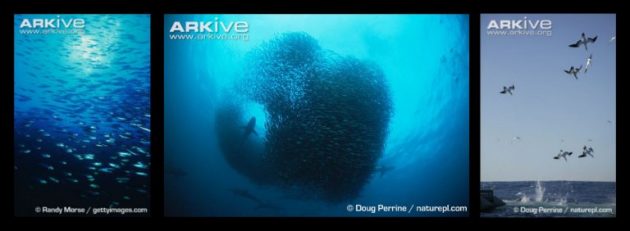
Greatest shoal on Earth The sardine run is a natural phenomenon deeply ingrained in the South African cultural heritage, and while it is well known to many of the general public, it is still poorly understood from an ecological perspective. The sardine run is defined as the annual north-eastward migration of a small and variable […]